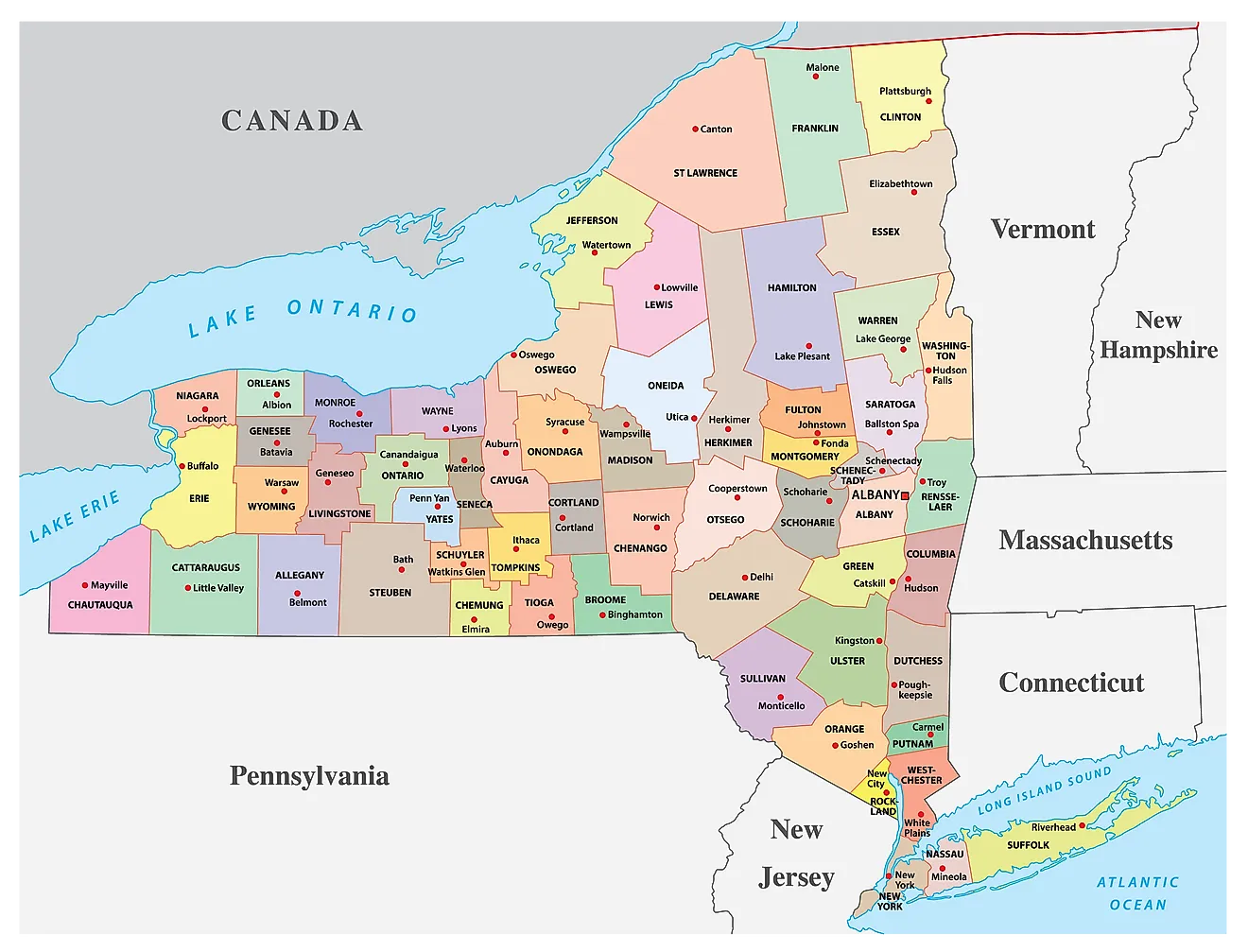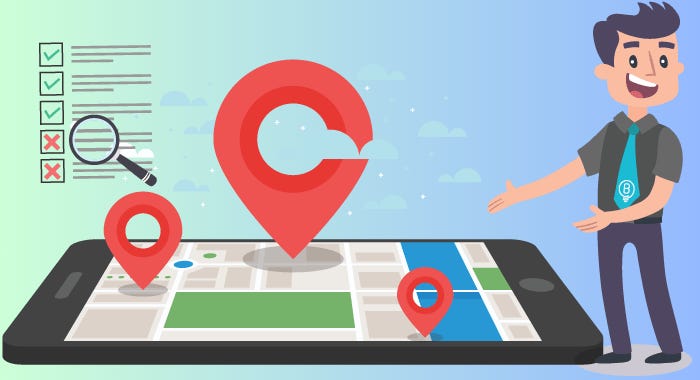The Complete Guide to Local SEO for Small Businesses: Boost Your Visibility and Attract More Customers
Dominate Local Search Results, Attract Nearby Customers, and Grow Your Business with Proven Local SEO Strategies
For small businesses, local SEO is a game-changer. It helps you connect with nearby customers who are actively searching for your products or services. With 46% of all Google searches seeking local information, optimizing for local SEO can significantly increase your visibility, drive foot traffic, and boost sales.
In this guide, we’ll walk you through the complete guide to local SEO for small businesses, providing actionable steps and tips to help you dominate local search results and grow your business.
What is Local SEO?
Local SEO (Search Engine Optimization) is the process of optimizing your online presence to attract more business from relevant local searches. These searches often include “near me” queries or location-specific keywords, such as “plumber in New York” or “coffee shop near me.”
Local SEO focuses on:
Google My Business (GMB) Optimization
Local Keywords
Online Reviews
Local Citations
Location-Based Content
Why Local SEO is Essential for Small Businesses
Local SEO offers several benefits for small businesses:
Increased Visibility: Appear in local search results and Google Maps.
Targeted Traffic: Attract customers who are ready to buy.
Cost-Effective: More affordable than traditional advertising.
Competitive Edge: Stand out against larger competitors in your area.
Step 1: Claim and Optimize Your Google My Business (GMB) Profile
Your GMB profile is the foundation of your local SEO strategy. Follow these steps to optimize it:
Claim Your Listing: Verify your business on Google My Business.
Provide Accurate Information: Include your business name, address, phone number (NAP), website, and hours of operation.
Add Photos: Upload high-quality images of your business, products, and services.
Choose Categories: Select relevant categories to help Google understand your business.
Encourage Reviews: Ask satisfied customers to leave positive reviews.
Step 2: Target Local Keywords
Incorporate location-specific keywords into your website content, meta descriptions, and titles. Examples include:
“Best pizza in Chicago”
“Affordable plumber in Dallas”
“Yoga classes near me”
Use tools like Google Keyword Planner or Ubersuggest to find high-volume, low-competition local keywords.
Step 3: Build Local Citations
Local citations are online mentions of your business name, address, and phone number (NAP). They help Google verify your business and improve local rankings. Key citation sources include:
Online directories (e.g., Yelp, Yellow Pages)
Industry-specific directories
Local chamber of commerce websites
Ensure your NAP information is consistent across all platforms.
Step 4: Create Location-Based Content
Publish content that resonates with your local audience. Ideas include:
Blog posts about local events or news.
Guides highlighting nearby attractions.
Testimonials from local customers.
This not only boosts your SEO but also establishes your business as a community authority.
Step 5: Optimize for Mobile
With 60% of local searches happening on mobile devices, a mobile-friendly website is crucial. Ensure your site:
Loads quickly.
Has a responsive design.
Features easy-to-click buttons and forms.
Step 6: Encourage Online Reviews
Positive reviews build trust and improve local rankings. Tips to generate reviews:
Ask satisfied customers to leave reviews on Google, Yelp, or Facebook.
Respond to reviews (both positive and negative) to show engagement.
Highlight reviews on your website and social media.
Step 7: Track and Analyze Performance
Use tools like Google Analytics and Google Search Console to monitor your local SEO efforts. Key metrics to track include:
Local search rankings.
Website traffic from local searches.
GMB insights (e.g., clicks, calls, direction requests).
Conclusion
Local SEO is a powerful tool for small businesses to attract nearby customers and grow their brand. By optimizing your Google My Business profile, targeting local keywords, building citations, and creating location-based content, you can improve your visibility and drive more traffic to your business.
Start implementing these strategies today to dominate local search results and achieve long-term success.








